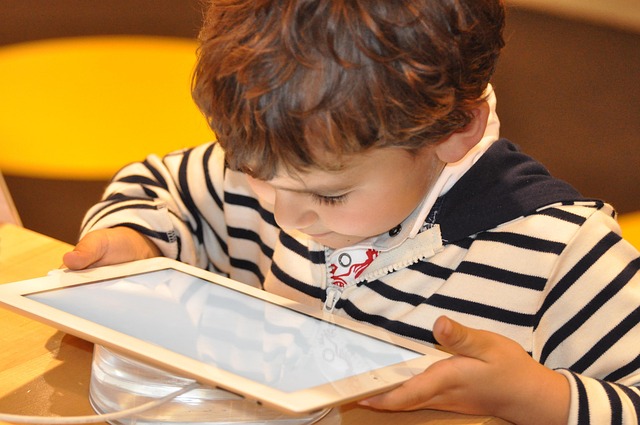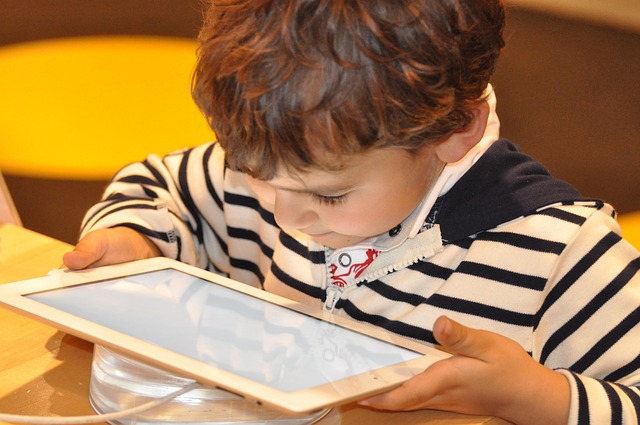# AI Technology in Education: Revolutionizing Learning Experiences and Enhancing Student Engagement
The integration of Artificial Intelligence (AI) into education is transforming the landscape of learning. This technological advancement is not merely an enhancement of existing methods; it represents a fundamental shift in how educators approach teaching and how students engage with content. By employing AI technologies, educational institutions can create personalized learning experiences, streamline administrative tasks, and foster student engagement like never before.
## Personalized Learning: Tailoring Education to Individual Needs
One of the most significant advantages of AI in education is its ability to provide personalized learning experiences. Traditional classroom settings often struggle to cater to the diverse needs of students, leading to a one-size-fits-all approach that can leave some learners behind. AI addresses this challenge by analyzing individual student performance and learning styles, allowing for customized educational pathways.
Adaptive learning platforms utilize algorithms to assess a student’s strengths and weaknesses. For instance, if a student excels in mathematics but struggles with reading comprehension, the AI system can adjust the curriculum accordingly. This not only helps students progress at their own pace but also increases their confidence and motivation to learn. Furthermore, educators can leverage insights from AI analytics to identify trends and intervene when students require additional support.
In addition to personalized content, AI can facilitate differentiated instruction. Teachers can utilize AI tools to create varied learning activities tailored to different ability levels within the same classroom. By offering diverse resources and approaches, educators can engage all students effectively, ensuring that no one is left behind.
## Streamlining Administrative Tasks: Enhancing Efficiency in Education
Beyond enhancing the learning experience, AI technology is also streamlining administrative tasks within educational institutions. The administrative burden on teachers and staff can be overwhelming, often detracting from the time they could spend directly engaging with students. AI solutions can automate routine tasks such as grading, attendance tracking, and scheduling, thereby freeing up valuable time for educators.
For instance, AI-powered grading systems can evaluate student assignments and provide instant feedback. This not only accelerates the grading process but also allows teachers to focus on more complex aspects of instruction, such as providing personalized support and fostering critical thinking skills. Moreover, AI can assist in managing student data, helping schools maintain accurate records and identify at-risk students through predictive analytics.
The efficiency gained through AI in administrative processes can lead to more effective resource allocation within schools. With reduced time spent on paperwork, educators can invest more energy into curriculum development and enhancing classroom experiences. As a result, the overall educational environment becomes more dynamic and responsive to student needs.
## Enhancing Student Engagement: Creating Interactive Learning Environments
Engagement is a critical component of effective learning, and AI technology is playing a pivotal role in creating interactive and immersive educational experiences. Students today are digital natives, accustomed to technology in their everyday lives. AI can harness this familiarity to create engaging learning environments that resonate with modern learners.
One innovative application of AI in education is the use of virtual and augmented reality (VR/AR). These technologies can transport students to different environments, making learning more experiential. For example, a history lesson could involve a virtual tour of ancient civilizations, allowing students to explore historical sites in a way that textbooks cannot replicate. Such immersive experiences can deepen understanding and retention of information.
Gamification is another powerful strategy enhanced by AI. By integrating game-like elements into learning activities, educators can increase student motivation and participation. AI can personalize these gamified experiences, adapting challenges and rewards based on individual performance. This not only makes learning fun but also encourages healthy competition and collaboration among peers.
Furthermore, AI chatbots and virtual assistants can provide immediate support to students outside of classroom hours. These tools can answer questions, offer additional resources, and even help with homework, ensuring that students receive assistance whenever they need it. This level of accessibility contributes to a more engaging and supportive learning environment.
## Conclusion: The Future of AI in Education
The impact of AI technology on education is profound and multifaceted. By personalizing learning experiences, streamlining administrative tasks, and enhancing student engagement, AI is revolutionizing how education is delivered and experienced. As educational institutions continue to adopt AI tools, the potential for improved outcomes becomes increasingly evident.
Looking forward, it is essential for educators, policymakers, and technology developers to collaborate in harnessing AI’s full potential. This collaboration will ensure that AI is implemented ethically and effectively, prioritizing student learning and well-being. As we embrace this technological revolution, the ultimate goal remains clear: to create a more inclusive, engaging, and effective educational landscape that prepares students for the challenges of tomorrow.
In summary, the integration of AI technology in education is not just a trend; it is a transformative movement that promises to enhance the learning experience for students and educators alike. By leveraging AI’s capabilities, we can pave the way for a future where education is more personalized, efficient, and engaging than ever before. As we navigate this exciting frontier, the possibilities for innovation in education are limitless.











